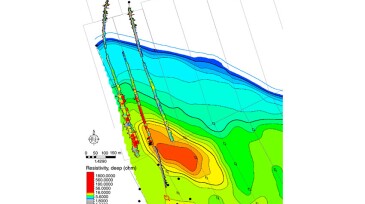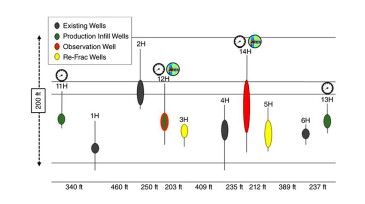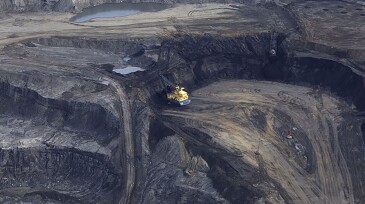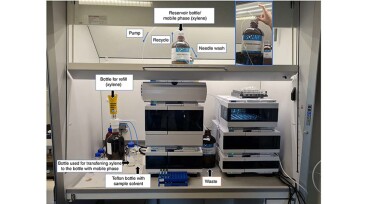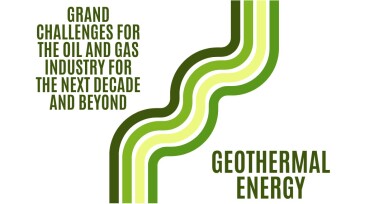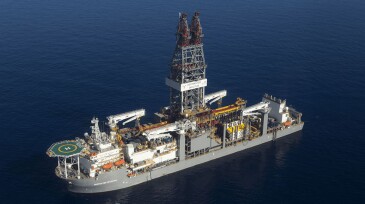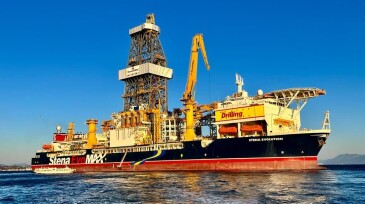Management
The $1.3-billion deal targets DJ Basin assets producing 35,000 BOEPD, and Japex aims to increase that output to 50,000 BOEPD around 2030.
The Nigerian Upstream Petroleum Regulatory Commission has set its sights on anti-corruption efforts for the 2025 Licensing Round, which began on 1 December.
The latest corporate plan drops the amount the company says it will invest in low-carbon efforts by $10 billion from last year’s plan.
-
This paper describes the potential, challenges, and opportunities of using a modified steam-assisted gravity drainage configuration in the Mukhaizna heavy oil field in suboptimal operating conditions.
-
This paper describes the implementation of a hybrid technology of cyclic steam stimulation and foam into the heavy oil field development plans of the Middle Magdalena Valley basin in Colombia.
-
This paper’s focus is a case study of an Eagle Ford refracturing project in which a range of completion designs were trialed with an approach using offset sealed wellbore pressure monitoring and fiber-optic strain.
-
Updates about global exploration and production activities and developments.
-
The use of oil-based muds has precluded countless drill cuttings from being used to predict reservoir fluids despite once being part of the reservoir. A 6-decade-old technology may be on the cusp of changing that.
-
The challenges that geothermal energy faces to become a leading player in the net-zero world are well within the areas of expertise of the SPE community, ranging from rapid technology implementation and learning-by-doing to assure competitiveness to establishing suitable funding mechanisms to secure access to capital.
-
Pink hydrogen, produced through water electrolysis powered by nuclear energy, recently drew attention which underscored the complexity of decision-making in advancing such projects.
-
The Mexican state oil company turns to the bit in a bid to add meaningful reserves from the deep Mexican Gulf.
-
SPE President Terry Palisch is joined by Paige McCown, SPE senior manager of communication and energy education, to discuss how members can improve the industry’s public image.
-
Enhancement to the drillship comes ahead of work commitment on Shell's Sparta development in the US Gulf of Mexico, its first in the Gulf to produce from 20K reservoirs.




